Yesterday we had our last StratoClim measurement flight here in Kathmandu. Currently no follow up project with the Geophysica is planned. During the preparation phase on the apron it was raining, matching the mood of seeing the Geophysica taking off for the last measurement flight.
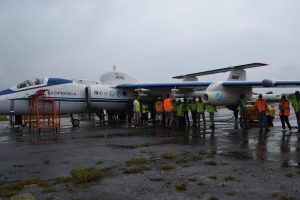
Looking for protection against the rain under the wing of Geophysica, before the last measurement flight.
Problems with the exact coordinates of the planned flight track appeared and communication with the airport tower led to a take-off delay of 1,5h with running instruments. Even though it was not really warm outside, some instruments running so long on the ground had problems with overheating.
Altogether, the campaign was a huge success with 8 measurement flights in the Asian monsoon. After the cancelled test campaign in Kiruna, Sweden due to political issues and the replacement phase 1 campaign in Kalamata, Greece with flooding issues and challenging conditions in the hangar, the well organized and smoothly running campaign here in Kathmandu is a pleasant surprise. A meeting to present measurement results is planned for November in Rome.
Personally, I experienced this campaign as easy going, especially compared to the last campaign in Kalamata. The instrument I am working with operated throughout all 8 measurement flights, without any complications.
As a highlight ending, a Mt. Everest sightseeing flight with Buddha Air happened this morning for everyone from StratoClim, who wanted to join for a fair price. Because we work in their hangar, the organization of the flight with Buddha Air was easy.
Since the StratoClim campaign has now finished, this is the last blog entry from me. However, another atmospheric campaign is starting soon in Shannon, Ireland with the German research aircraft HALO, which you will be informed about in this blog.

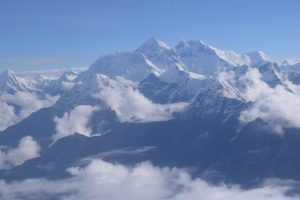
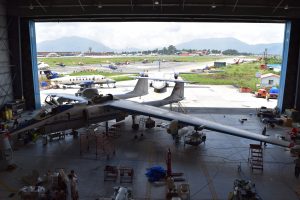

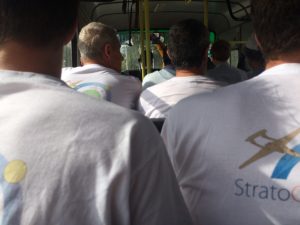
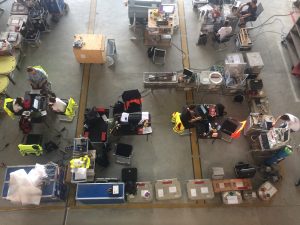

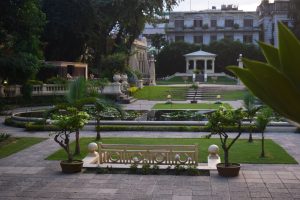

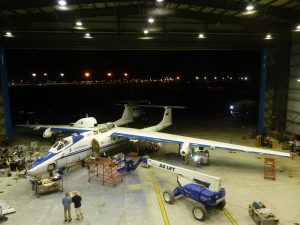
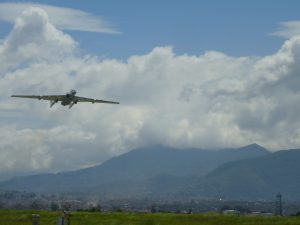

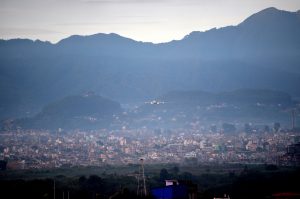
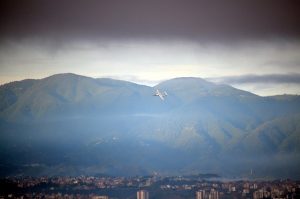
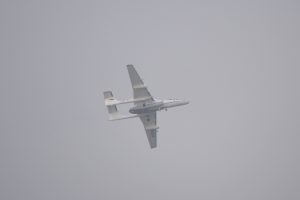




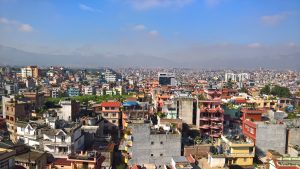
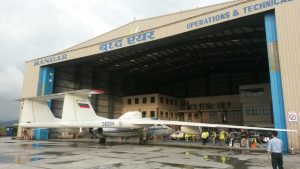

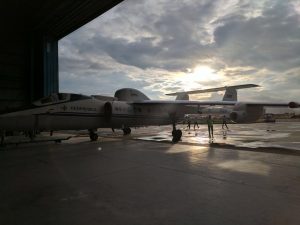
Recent Comments